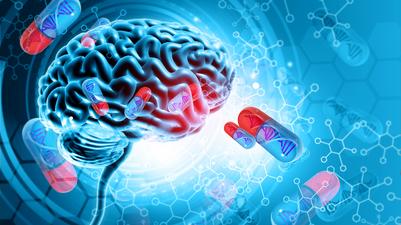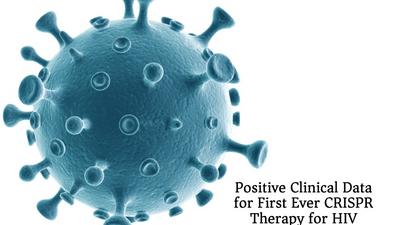Disease name: Human Immunodeficiency Virus Infection
ICD-10 Disease Code: B20
Human immunodeficiency virus [HIV] disease
ICD-10 Disease Group: B20
General description:Human immunodeficiency virus (HIV) is a virus that attacks the immune system by infecting and killing white blood cells known as CD4+ T-cells. CD4+ T-cells represent a vital part of the immune system and untreated HIV infections render patients more vulnerable to dangerous infections by other pathogens, including bacteria and fungi. If the virus remains untreated it can lead to patients developing the life-threatening disease acquired immunodeficiency syndrom (AIDS).
Untreated HIV leads to life-threatening disease, and it is therefore vital that patients are treated as early as possible, in order to halt the progression of the virus and stop patients from developing AIDS.
Mutations:Not applicable. HIV/AIDs is an infectious disease and not a genetic disorder.
Disease frequency:HIV is estimated to affect approximately 37.7 million individuals worldwide. Of these patients 53% are women.
Symptoms:HIV is primarily spread through sexual intercourse with an infected individual or sharing of needles for drug use. The virus is found in the highest concentrations in semen, vaginal fluids and blood, while saliva and urine contain virus particles in concentrations that are too low to spread disease.
There are three stages of infection:
1. Acute HIV infection
Patients may experience flu-like symptoms. At this stage there is a very high concentration of virus in the blood and an infected person is very contagious.
2. Chronic HIV infection
This stage is often asymptomatic and the presence of virus is much lower than in the first phase. However, the virus is still active and is slowly breaking down the patient's supply of white blood cells. This process can take up to 10 years where patients experience little to no symptoms.
With proper medication, patients might never progess to stage 3.
3. AIDS
Patients with AIDS suffer from a badly damaged immune system and remain very contagious. With the white blood cell count falling below 200 cells/mm3, AIDS patients develop regular serious infections, and without treatment have a life expectancy of about three years.
There are still no cure for the disease, despite it being around since the 1970s. However, viral suppression is currently achievable through anti-retroviral treatments. These treatments are able to reduce the number of HIV particles in the blood to almost untraceable levels, thus preventing the virus from causing meaningful damage in patients' immune systems and preventing transmission to other people.
Sources:








